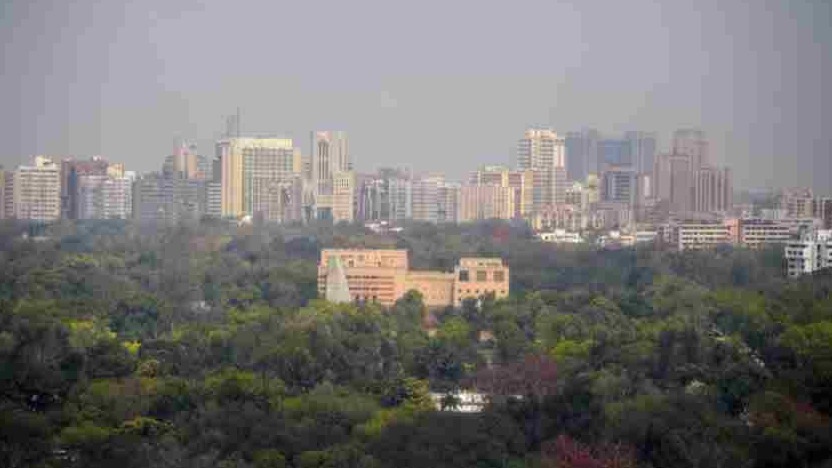Delhi-NCR residents felt tremors for the third time in a month after a 6.4 magnitude Nepal earthquake. So why does the national capital shake so often? Continue.
Delhi and nearby residents panicked after a 6.4-magnitude earthquake hit Nepal on Friday night. The third tremor in a month in Delhi has sparked questions about why.
Per the Bureau of Indian Standards (BIS) seismic zoning map, Delhi and the NCR are in Zone IV, a high-risk zone. Earthquakes with moderate to high intensity are more likely in Zone IV.

WHY IS DELHI IN ZONE-IV AND SUSPENDENT?
Delhi’s geography and geology prompt this classification. It’s 200-300 km from the Himalayas to the national capital.
Because of Indian and Eurasian tectonic plates colliding, the Himalayas formed. This tectonic activity causes frequent earthquakes and landslides in the region.
Tectonic plates in the earth’s crust cause tremors. Therefore, earthquakes increase with layer activity. Location near the Himalayan tectonic plate boundary, where the Indian and Eurasian plates collide, increases seismic risk.
In northern India, including Delhi and its neighbors, the collision caused significant seismic activity. Being near the Himalayas makes Delhi seismically active, even though it is not on a major fault line.
In Nepal, Uttarakhand, and the Himalayas, a Richter Scale earthquake greater than 8.5 can be devastating. New Delhi is in Zone IV, while the Himalayas are in Zone V, the most earthquake-prone.
Exclusive settlement pattern
Along with geological factors, Delhi and NCR’s unique settlement pattern makes them vulnerable. Many high-rise buildings and informal settlements dot the region.
Multiple-story buildings along the Yamuna and Hindon rivers are seismically most vulnerable. Old Delhi and unauthorised riverbank colonies increase this vulnerability.
Regional experts have warned of a major earthquake. A major earthquake in Delhi could have serious consequences due to its dense population, ageing infrastructure, and poor building standards.
Note that earthquakes are complex and hard to predict. Experts can assess region seismic hazard and provide warnings and recommendations, but earthquake timing and magnitude are unknown.
Government and local authorities are improving earthquake preparedness, updating building codes, and retrofitting critical infrastructure to reduce seismic risks.
‘Routine mock drills needed’
Former DDMA special CEO Kuldeep Singh Gangar recommends more disaster mock drills to prepare people for natural disasters.
Our preparations are lacking despite Delhi’s constant earthquake risk. People should be educated about natural disasters through disaster management mock drills. Disaster special forces are needed “Gangar told indiatoday.in.